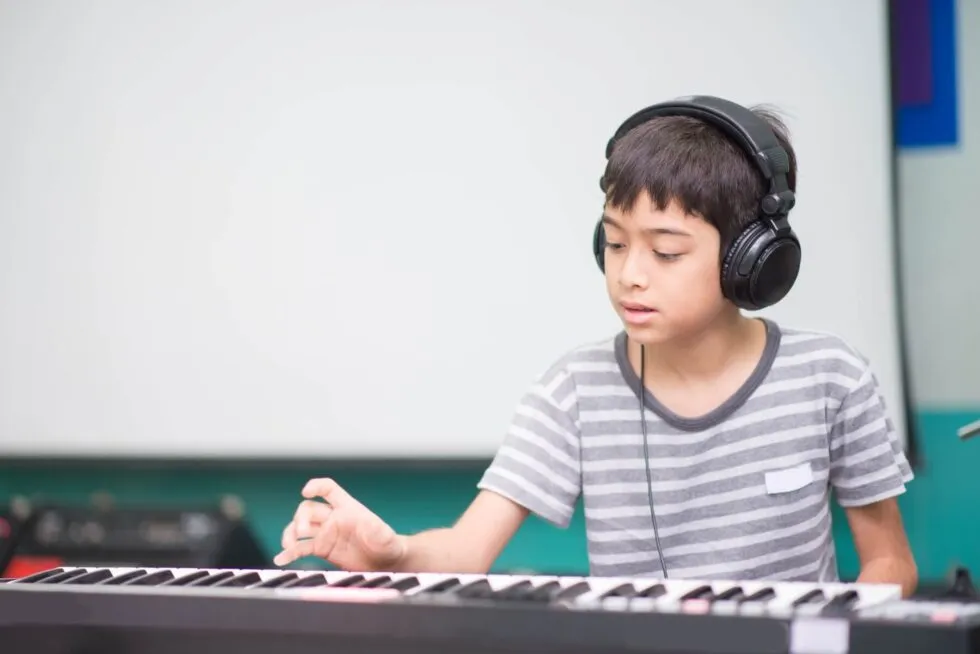Parenting, much like a cross-country road trip, mirrors life’s unpredictability. Navigating this journey with a child diagnosed with attention deficit hyperactivity disorder (ADHD) adds an extra layer of complexity. Gain insights into understanding and managing ADHD meltdowns with practical tips for a smoother ride.
1. Recognizing ADHD Meltdowns
Children who are diagnosed with ADHD often struggle with hyperactivity, impulsivity, and inattentiveness. At times, these behaviors can lead to a child having difficulty with self-control and expressing their emotions. When they’re having a hard time and feeling sad, disappointed, frustrated, or upset, they may express their negative emotions through an angry outburst or temper tantrum.
As a parent, it’s important to recognize this as a symptom of ADHD versus misbehavior. Due to having ADHD, your child may have a more difficult time with emotional regulation than their peers and may need some additional support working on things to help such as anger management techniques exploring ADHD medications to mitigate these issues.
2. Identifying Meltdown Indicators
Parents of young children are all too familiar with the red flags that signify that an incoming meltdown; irritability, frustration, and defiance can all serve as warnings that bad behavior emotions could escalate at any moment.
However, if your child frequently goes into meltdown mode with very little warning, if your child seems particularly aggressive, hostile, violent, or has an extremely difficult time calming down, it may indicate that there is an underlying mental health concern. If you are noticing such meltdowns, it can be helpful to talk to your child’s primary care provider about ways to support your child.
3. Unraveling ADHD Tantrum Triggers
Triggers are situations that cause a reaction. The triggers that are the catalyst for a behavioral reaction, like a tantrum, are different for every child. Because these triggers can be so unique, It can be helpful for parents to recognize the triggers that may cause an angry outburst for their child.
One way to do this is to pay careful attention to the circumstances that most likely to lead to a tantrum or meltdown. Was your child hungry, tired, too hot or too cold, bored, or overstimulated? Did a series of small frustrations or setbacks build up over the course of the day? Was there a situation where your child felt unheard or unable to communicate their needs? Is there a certain time of day or activity that is routinely problematic?
Once you better understand your child’s triggers, you and your child are then able to work together to manage triggers when they arise.
4. Parental Support During Meltdowns
Managing ADHD meltdowns requires patience and self-care. Explore strategies such as finding moments for self-care to recharge your emotional reserves. Remember, feeling upset is human; give yourself the grace to cope with the challenges. (You can also learn how to Unstick Your Thinking as a parent to )
5. Effective Communication
Clear communication is key during meltdowns. Learn to express observations and show empathy to your child. Engage in post-meltdown conversations to understand their perspective, reinforcing confidence and self-esteem.
6. Building Emotional-Regulation Skills
Help your child develop self-regulation skills to manage intense emotions and limit ADHD meltdowns. Practice activities like deep breathing, counting, or using stress-relief tools (like Mightier!) during calm moments. You can also check out these Creative Ways to Calm Down. These skills can then become more accessible when needed most.
Conclusion: A Calmer Parenting Journey
Understanding your child’s needs, identifying triggers, and fostering effective communication and self-regulation skills can transform your parenting experience. By navigating ADHD meltdowns with empathy and proactive strategies, you pave the way for a brighter future for both you and your child.

















